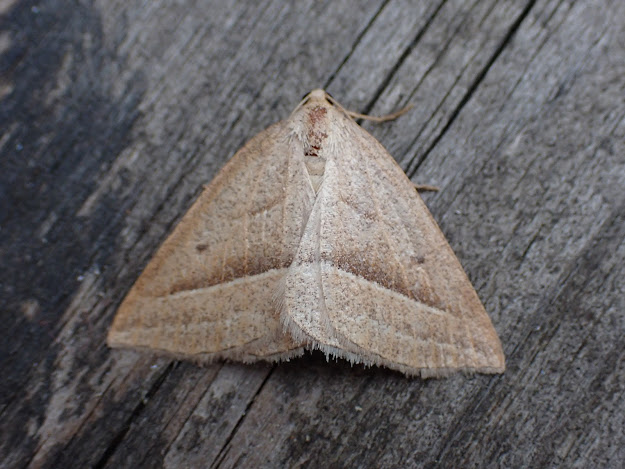Two warm nights convinced me to do back to back trap nights for the first time in a while. I was rewarded with five new moths for the garden, all of which were lifers:
[576] Paraswammerdamia albicapitella
[577] Phyllonorcycter leucographella
[578] Coleophora mayrella
[579] Cydia nigricana
[580] Blotched Emerald
We'll get the Blotched Emerald out of the way first. I have no photo as it escaped while I tried some cack-handed attempts to pot it. I was pretty gutted as its a stunning moth and one I had been hoping to catch. There have been a few records in recent years in the County but mostly south of the city.
Paraswammerdamia albicapitella isn't quite as exciting but glad to catch a good specimen after relegating one to the 'possible' camp last year:
 |
Paraswammerdamia albicapitella
|
I wait 7 years for an identifiable Phyllonorycter leaf miner in the garden and I get two in a couple of weeks. This one is the adventive Firethorn Leaf-miner:
 |
Firethorn Leaf-miner Phyllonorycter leucographella
|
I've been looking quite hard at the metallic Coleophora in the last couple of years and a notable gap in the garden list was C.mayrella with its distinctive ringed antennae:
 |
Coleophora mayrella
|
An unassuming tortrix turned out to be Cydia nigricana a pest of pea crops. It is actually quite scarce in the County although not sure it is in Cottenham as I netted one in a local wood later in the afternoon!
 |
Cydia nigricana
|
A couple of other nice micros were new for the year:
 |
Phtheochroa rugosana
|
 |
Gypsonoma sociana
|








































